Lut desert is the first natural site in Iran inscribed as the Unesco World Heritage sites in 2016. Also known as Dasht-e Lut and Kavir-e Lut, this barren area is a geographical wonder with more than 51,800 sq. km area sitting on the southeast of Iran. Lut desert includes the highest yardangs, lengthy sandhills, salt lakes, hamada (hard rocky plateaus), qanats, Nebka (vase shaped sand dunes), ancient rural areas and other natural wonders.
In the following we will travel to one of the most mysterious deserts in Iran.
Where is the geographical location of Lut Desert?
Lut desert is located on the eastern part of Iran stretching about 320 km from northwest to southeast. This desert landscape cover the areas of three provinces of the country including Southern Khorasan, Kerman and Sistan and Baluchestan. Lut desert is the largest pit inside Iran at 2,278,015 ha situated almost 600 m above sea level.
Having been formed by the broken layers of the earth, Lut desert is divided into three geographical zones;
1: northern Lut consists of sand dunes, 2: central Lut which is the most spectacular part of the desert housing the iconic Kalut landforms and extreme sand dunes and 3: Southern Lut having the densest vegetation of the desert.
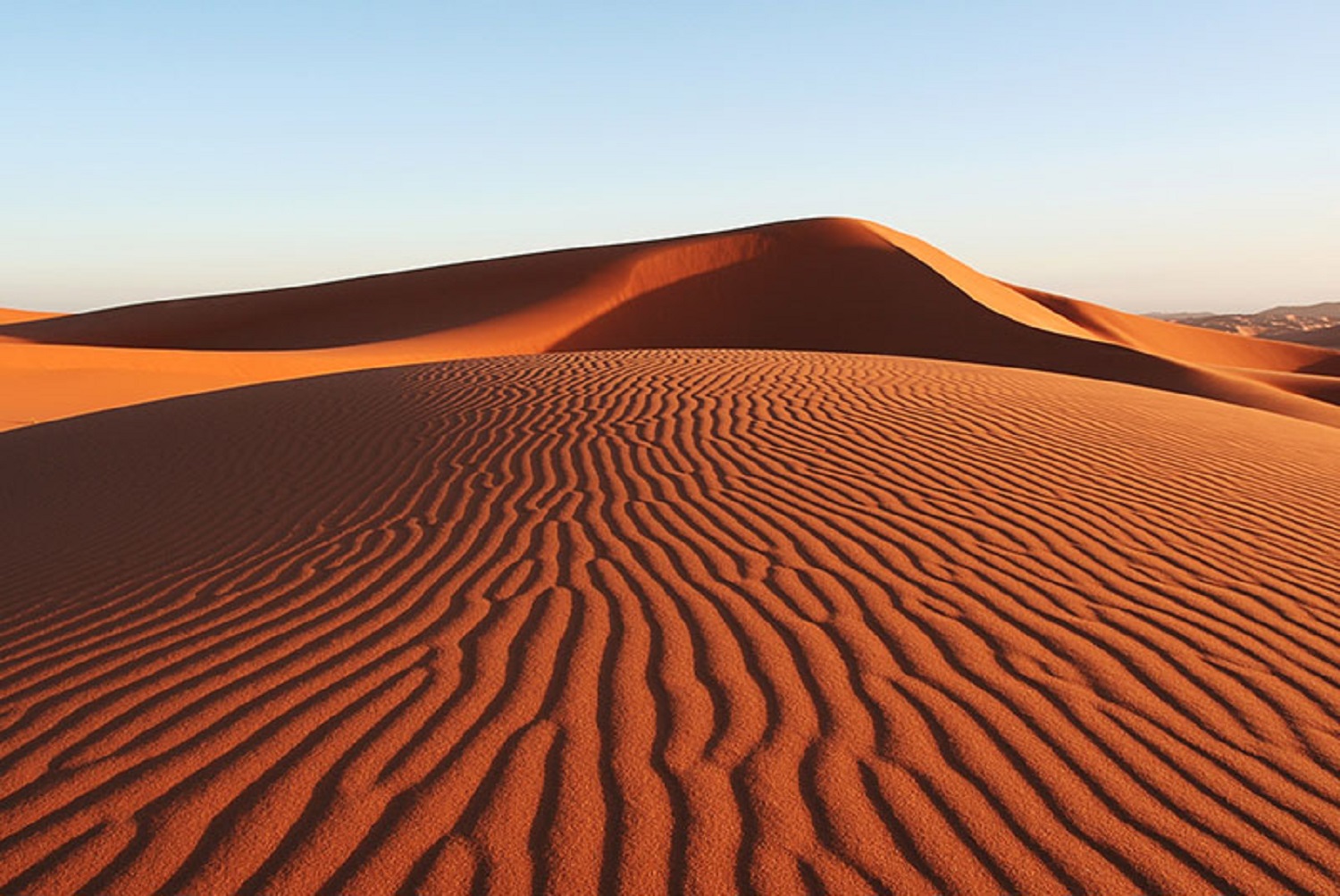
Is Lut Desert the hottest place on the Earth?
The location of the hottest place on earth may vary from year to year. According to seven-year data collection by NASA, Lut desert had the highest temperature overall. Lut desert experiences an extreme heat in summertime, about 70 ° C making it the hottest spot in the world in 2005, 2006, 2007 and 2009.
Climate and structure of lut desert |lut desert temperature
Lut desert is a continental subtropical area surrounded by mountains. This hyper-arid land has undergone the geological process during the history.
The environmental features of this area create one of the geographical wonders of the world. The permanent river stemming from northwestern mountains is a natural phenomenon on the heart of the desert. The play of wind and soil during the centuries have formed the structure of kalouts which we will briefly talk about them in the following.
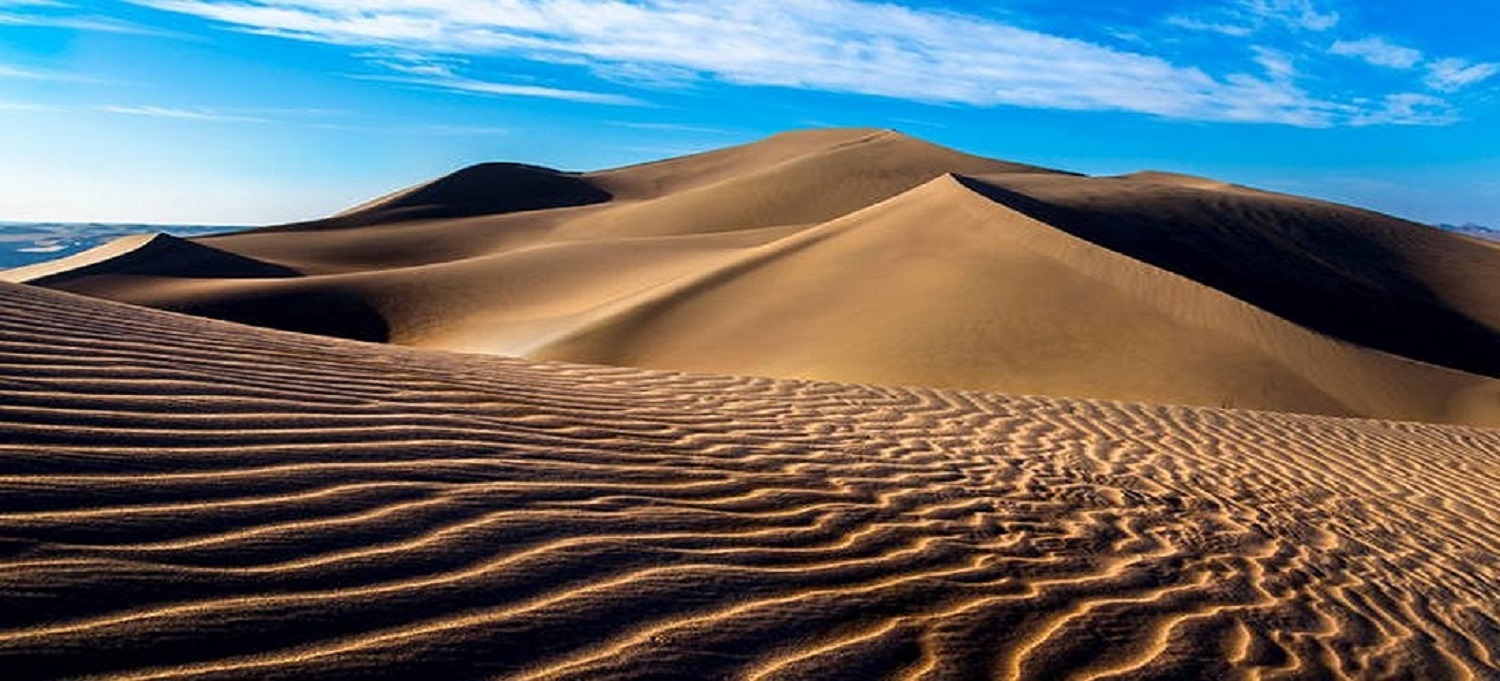
KALOUTS: THE LAND OF AMAZEMENT IN THE LUT DESERT
The amazing geomorphic feature of Lut desert is gigantic ridges formed by soil and wind erosion. Kalouts laying 40 km east of Shahdad are globally recognized in terms of their height and extend. These massive ridges landforms cover one third of the area some of which reach 155 m high. These wind-curved ridges cover 40% of Lut desert spreading on the western wing of the desert.
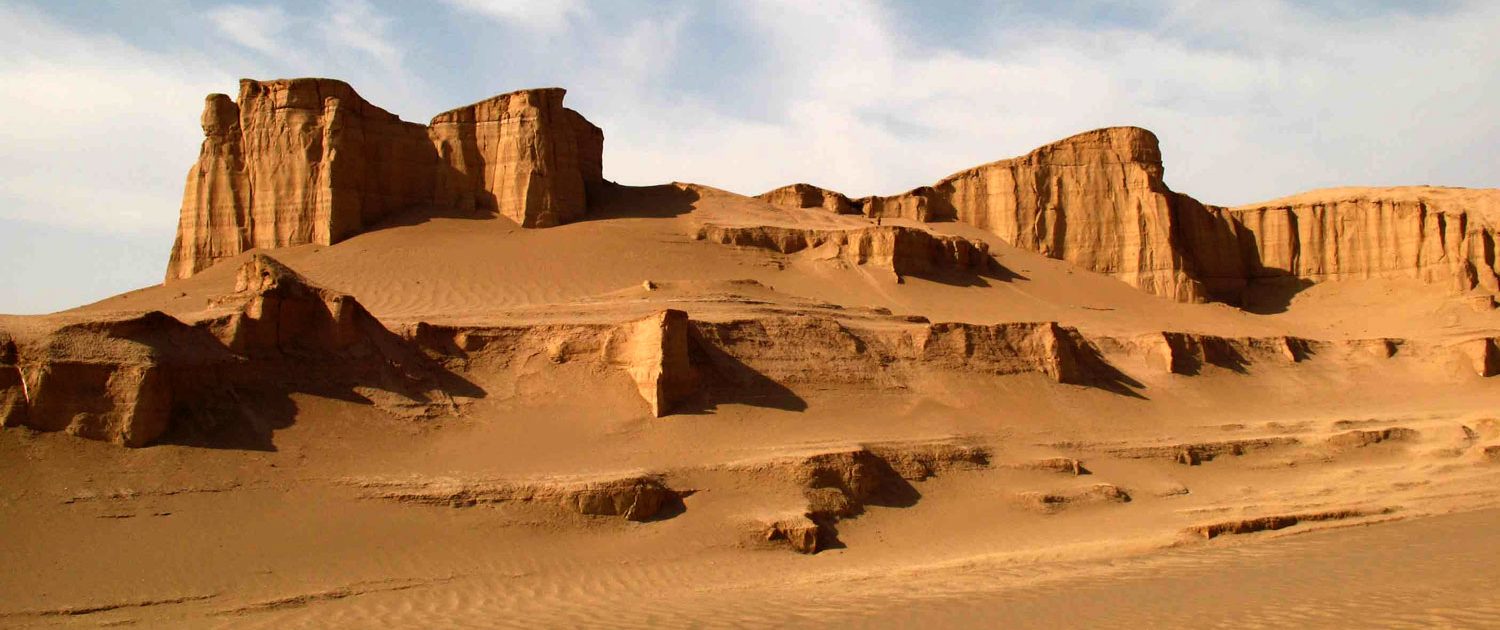
Lut Desert Wildlife
Deserts are mostly recognized as the no life areas. However, Lut desert is home to animals such as mammals specifically, Asiatic cheetah, insects, migrant birds and some flora adaptable to the harsh climate of the desert.
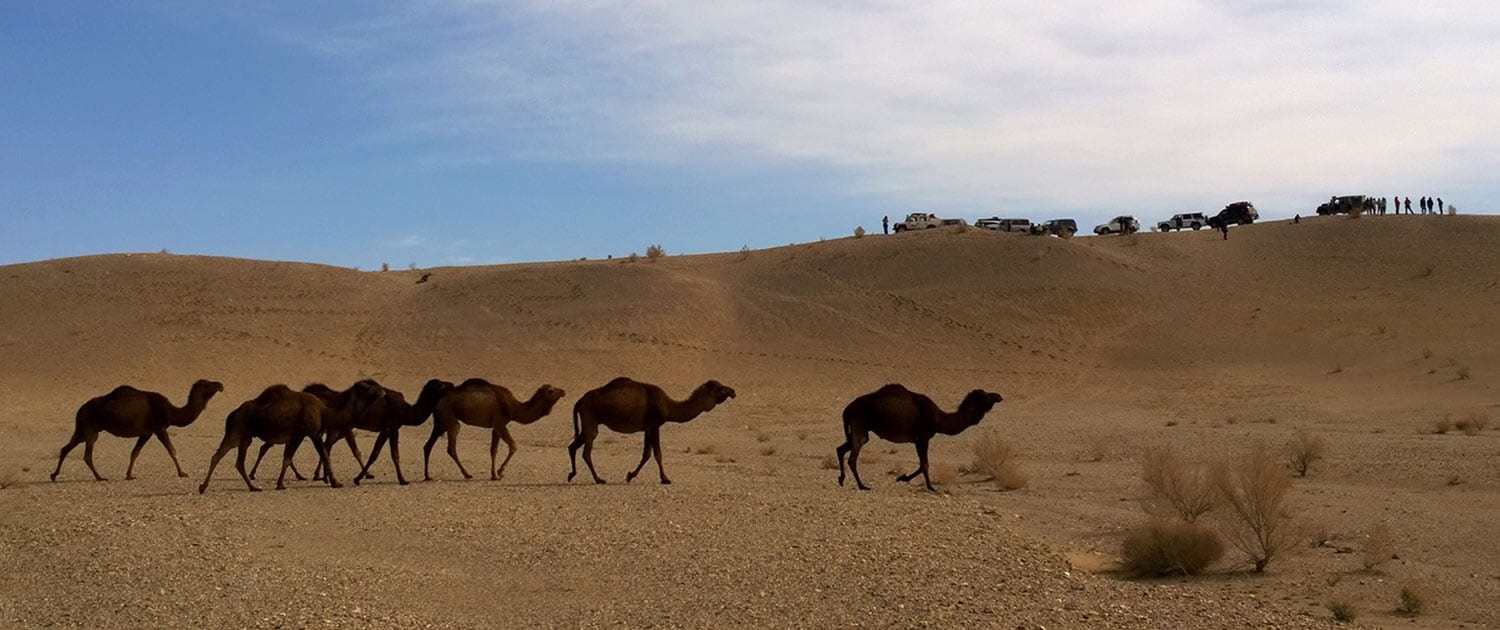
Safari and Sand skiing in Lut desert
Visiting Lut desert gives you the opportunity to do some trekking and experience wild desert adventure. The golden sand dunes create an amazing landscape for travelers seeking safari and sand skiing activities. If you are a fan of hiking and sandboarding, Lut desert is one of the best options for you.
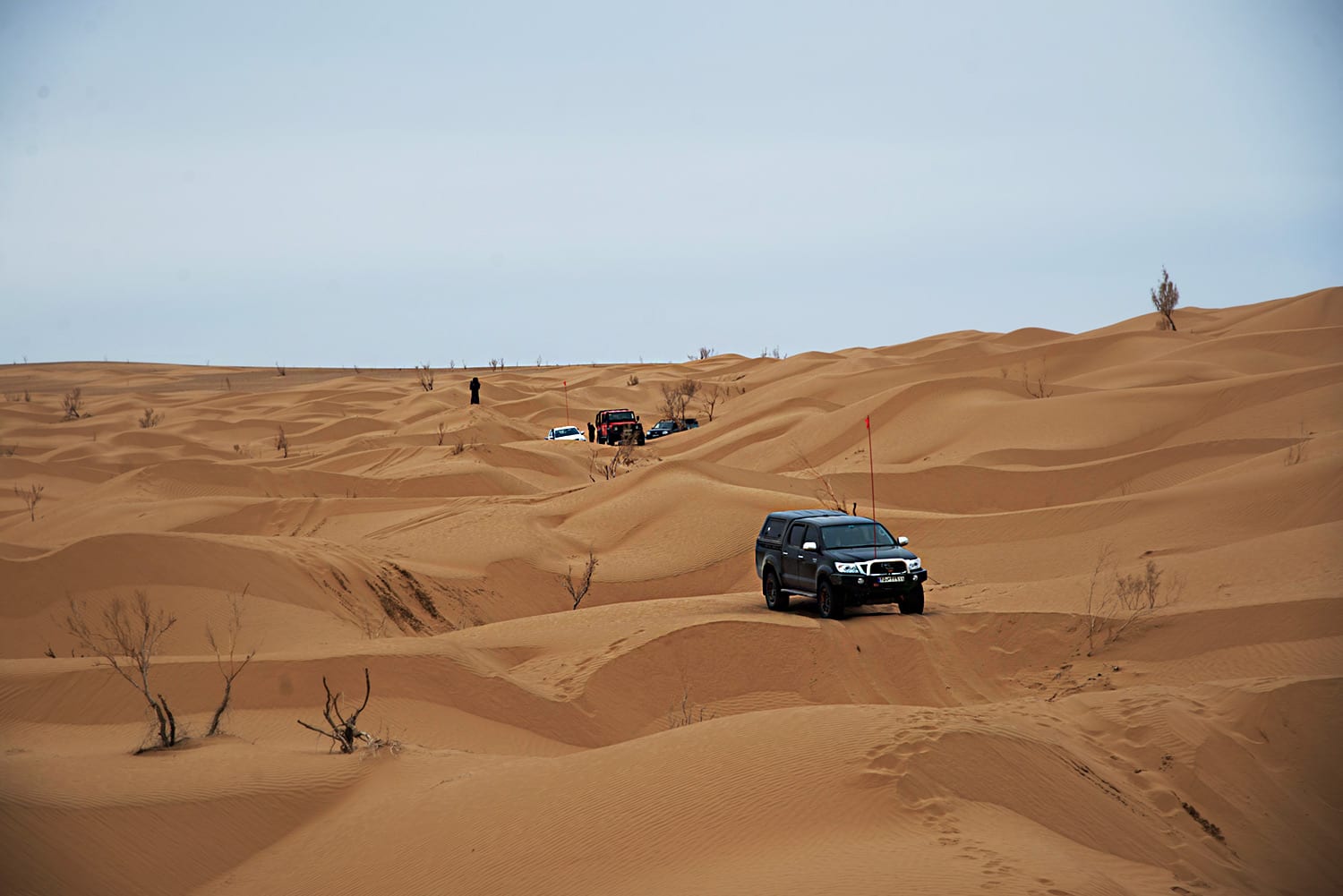
FAQ
Lut Desert, also known as Dasht-e Lut and Kavir-e Lut in Persian, is located on the southeast of Iran. Located between the Elburt and Zagros Mountains, Lut desert spread over three provinces of South Khorasan, Kerman and Sistan Balouchestan.
The data on surface temperature of Lut desert has been collected by satellite for seven years. As the hottest spot on the earth in 2005, Lut desert is 70.7 C (159.3 F) during the summertime.
Lut desert is home to diverse species of animals such as Asiatic cheetah, native alligator, desert fox, desert cat; reptiles such as snakes, scorpion; birds such as falcon.
The hostile environmental condition such as the very low level of precipitation and the location of landforms stop the circulation of the air and creates such a hot spot in the world.

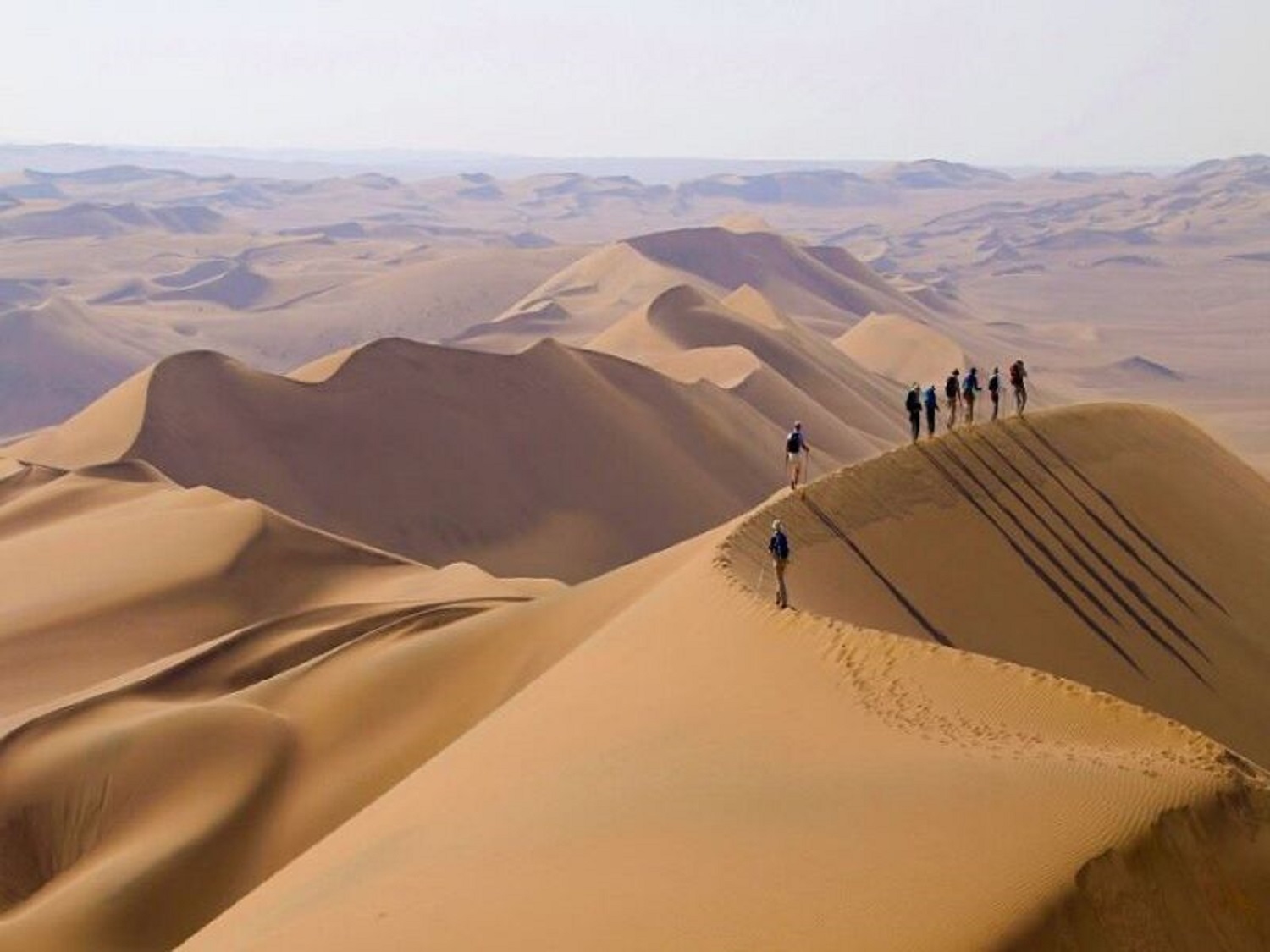

Comment (0)